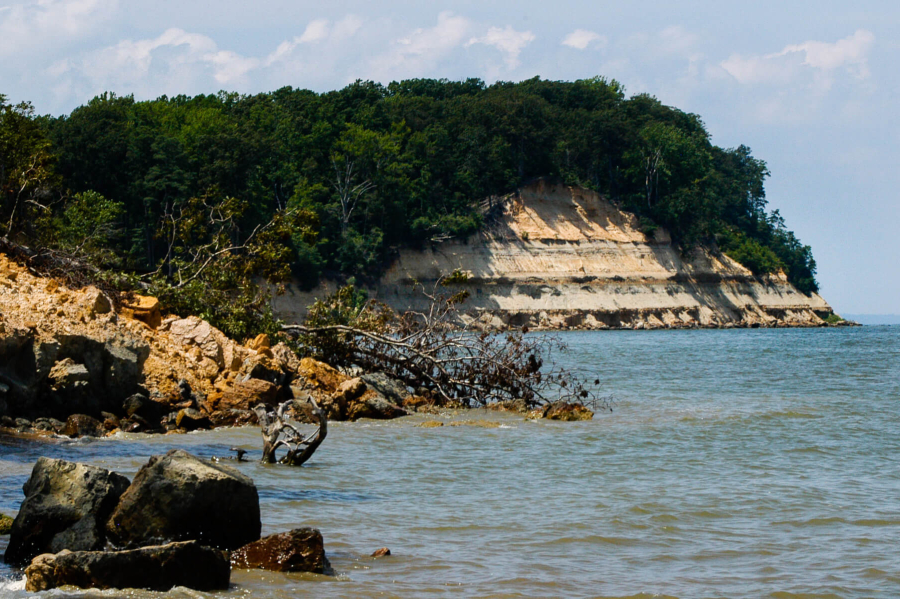Geology
Travel back to when the Chesapeake Bay was first formed to learn about the geologic history of the region.

For thousands of years, the Chesapeake Bay has been changing continuously. Some changes are sudden, whereas others take place over such a long period of time that we can only see them by looking back into geologic history. All geologic changes affect the Bay ecosystem, for better or worse.
